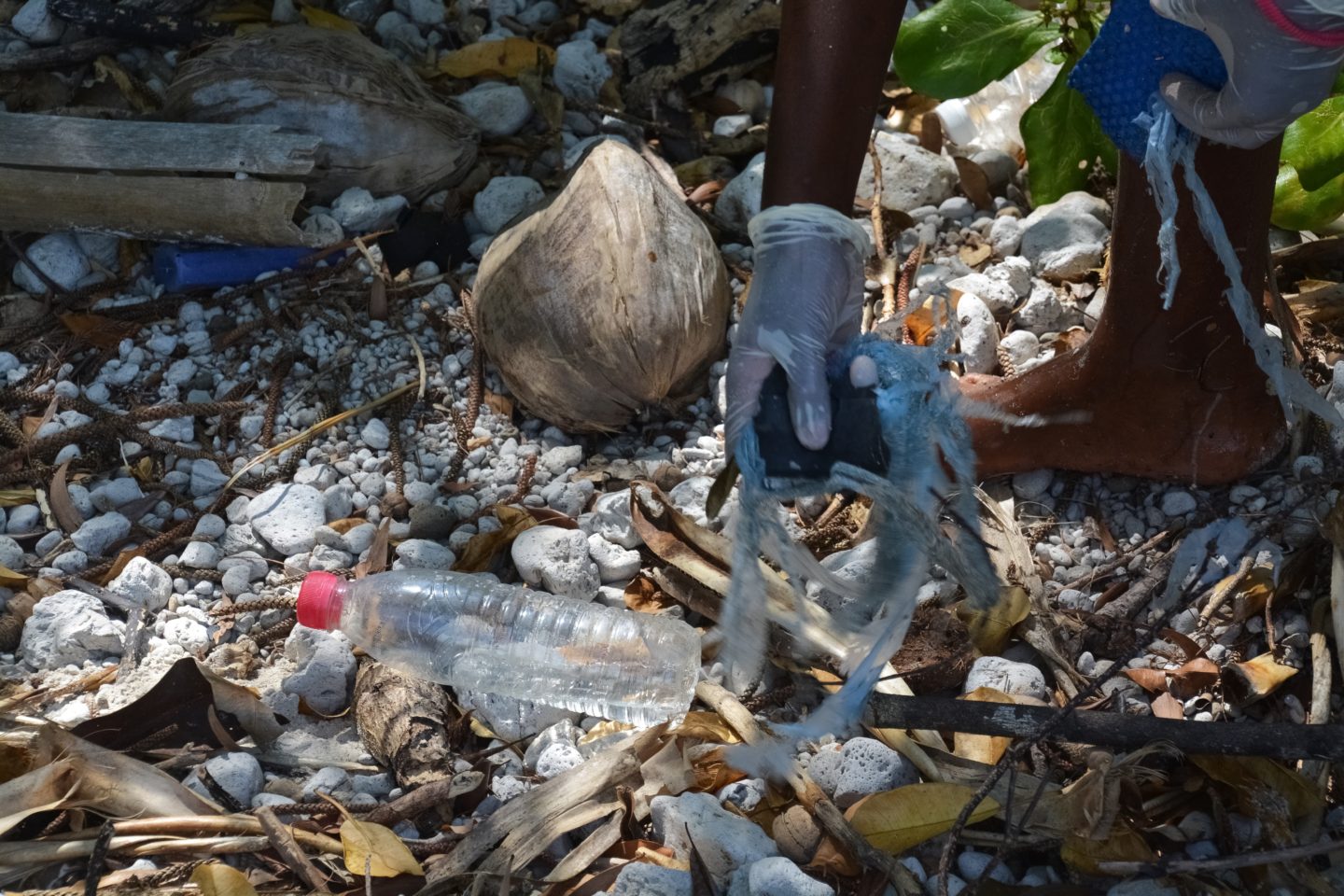For years, some of the world’s biggest and most influential companies have been setting ambitious plans to cut their carbon emissions as part of humanity’s biggest challenge in the 21st century: to reduce global warming. More than 3,000 such companies have now signed up to the Science-Based Targets Initiative, a global partnership that includes the United Nations Global Compact and World Wildlife Fund (WWF), to reduce their emissions in line with climate science.
But while every day brings new corporate pledges on cutting carbon emissions, how are companies doing when it comes to combating nature-loss and protecting and promoting biodiversity?
According to a study led by the World Business Council for Sustainable Development (WBCSD), a CEO-led community of over 200 of the world’s leading sustainable businesses, the answer is: there is much more to be done.
Our study, which was conducted over two years, focuses on some of the world’s biggest food retailers, which…


